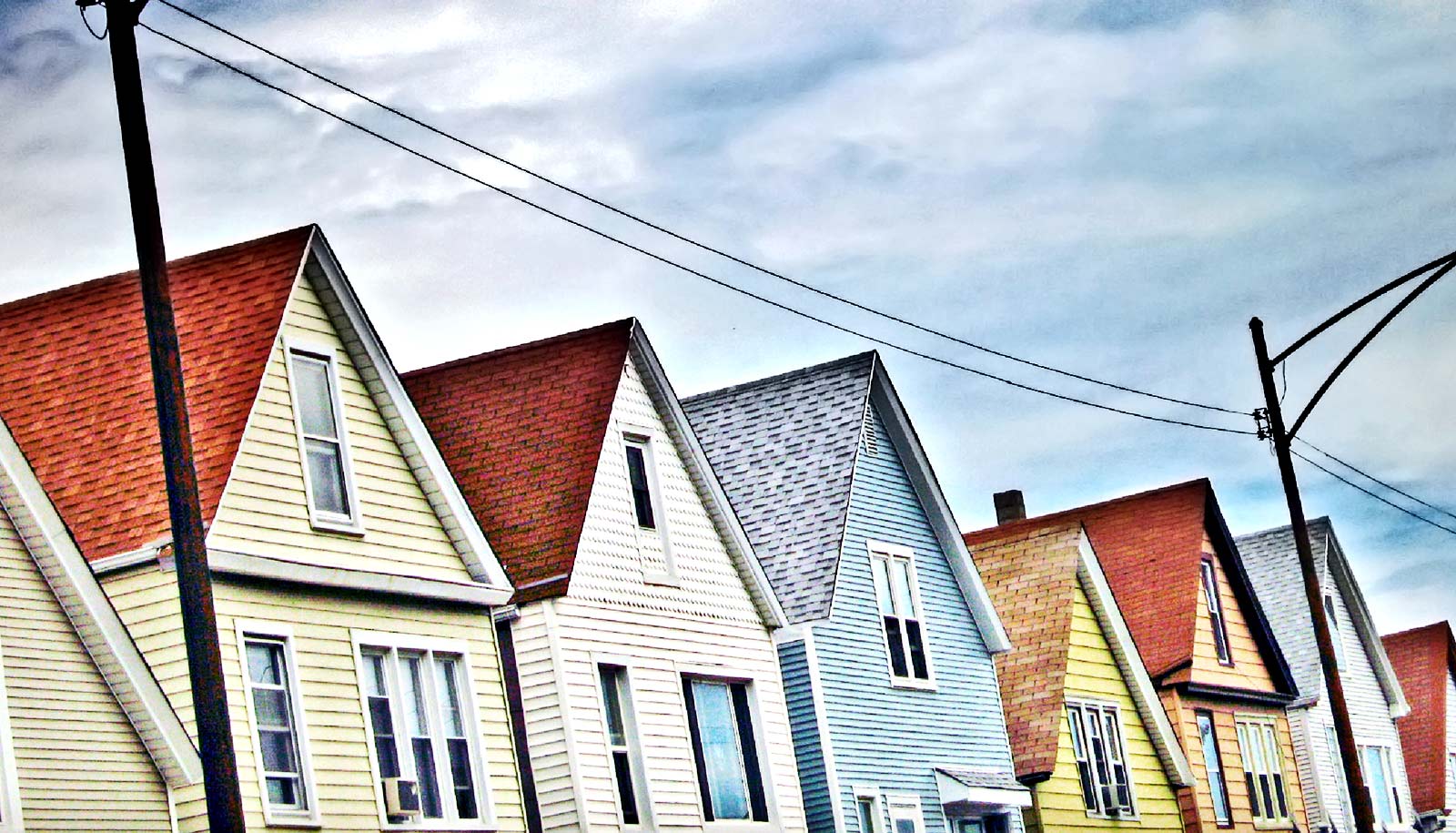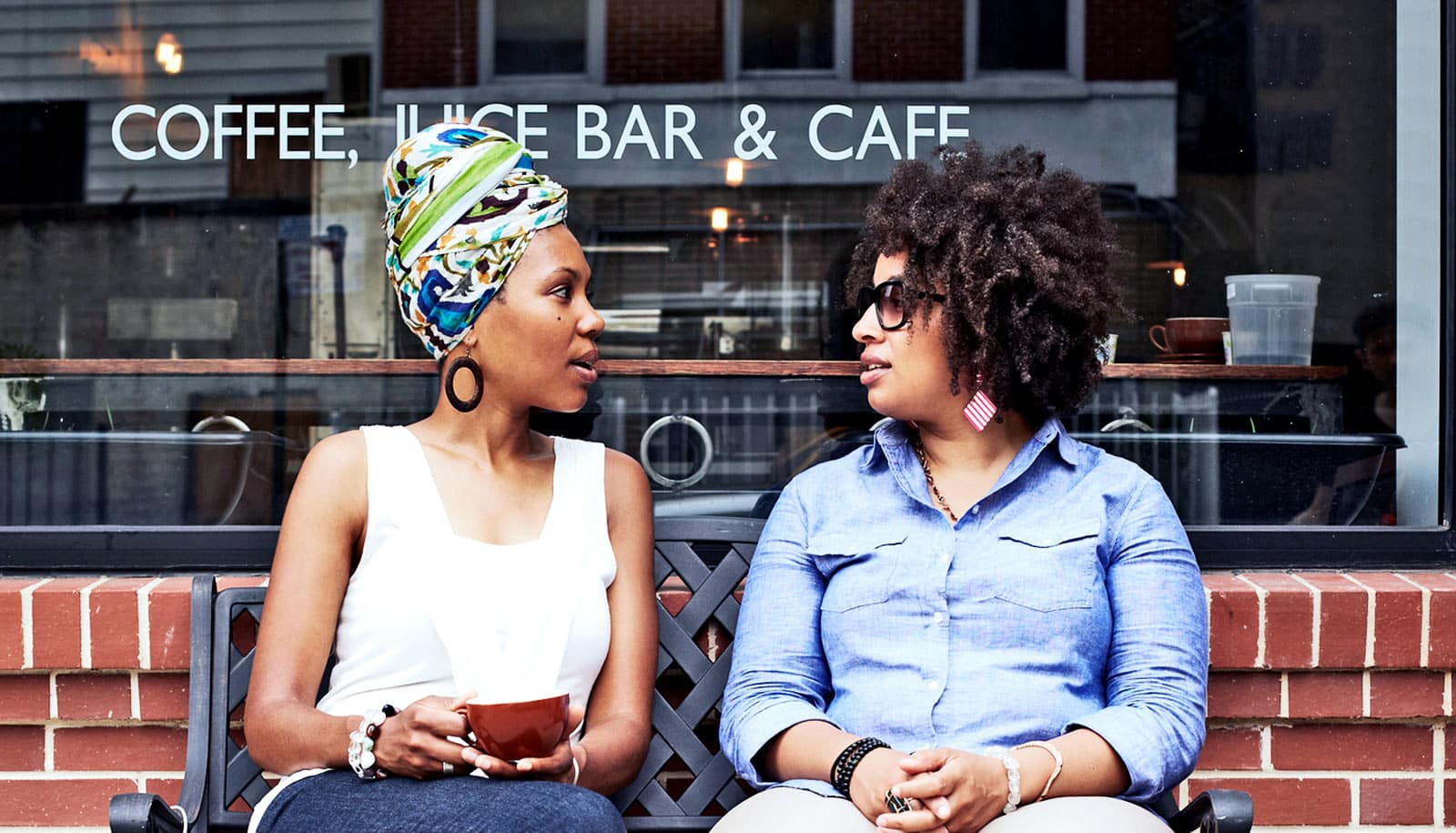Young people who attend diverse schools are more likely later in life to befriend or date people of a different race, according to a new book.
In studying the forces that divide Americans along racial lines, Grace Kao, professor of sociology and chair of the sociology department at Yale University, examines two universal desires that bind us—friendship and romance.
Her new book, The Company We Keep (Russell Sage Foundation, 2019), explores how young people form interracial friendships and romantic relationships. Kao and her coauthors, Kara Joyner and Kelly Stamper Balisteri, analyzed a dataset of more than 15,000 students from over 100 schools across the country.
Here, Kao explains her research in a condensed and edited interview:
You analyzed a massive dataset in researching the book. What were your key findings?
The bottom line is that giving young people the opportunity to interact with individuals of different races is essential to promoting interracial friendships and romantic relationships. A lot of sociologists and social scientists broadly believe that individual characteristics—education, income level, etc.—make people more likely to have interracial friendships or romances, but we found that the positive association of simply attending a diverse school outweighs those other factors.
That’s surprising. It’s a very robust effect: If you went to a racially diverse school and didn’t have any close friendships or romantic relationships with kids of another race while there, you’re still more likely to be friends with or dating someone of another race as an adult.
There are a lot of caveats, of course. The positive effects of school diversity on friendship are very strong for everyone, but stronger for some groups than others. For example, black girls attending diverse schools doesn’t increase the probability that they’ll have a friend of a different race to the degree that it does for girls of other races.
You based your research on data from the National Longitudinal Study of Adolescent to Adult Health. What are the advantages of this dataset?
It’s a nationally representative sample of schools involving 90,000 adolescents who were interviewed in school and 15,000 who were interviewed at home—so it’s big. In more than 100 schools, every single student was surveyed. It’s been conducted in waves starting in 1994-1995. Many of the same 15,000 students interviewed at home have been re-interviewed with each wave. The fourth wave was completed in 2008. By then, the kids first interviewed in 1994 had become young adults, so we can track individuals over a long period of time.
Here’s what makes the data really special: In previous research, I could ask if you have any friends of a different race. That question might prompt you to think really hard about anyone you can claim to know who is a different race. You might think, “Oh yeah, I know this guy who’s Asian or black and I talked to him once last year.” It makes us all stretch a bit to find someone who fits that category.
This data is different because the kids were asked to nominate up to 10 friends, 5 of their sex and 5 of the opposite sex. They write down the names. Every student in over 100 schools did this. We can link their lists and analyze all sorts of things. We can look at reciprocity. Kid A nominated Kid B, but did Kid B nominate Kid A? You can do a lot of interesting things with it.
How did you measure outcomes regarding romantic relationships?
The kids in the subset interviewed at home were asked about their romantic relationships. It’s a subset, but another thing that is special about this data is that even the smallest subgroup includes at least 15,000 people. It’s still a lot of people.
What drew you to this line of inquiry?
Better understanding what promotes positive interracial relationships is crucially important. Friendship is a common human need. We study marriage. We study neighborhood segregation. This is another dimension of micro-level interactions that people have with one another. It’s very easy to hate someone of a different group if you’ve never met anyone from that other group or interacted with people of a different race.
We thought it would be interesting to see whether people’s friendships and romantic relationships are connected to their experiences as children. People often assume that early contact with people of other races improves attitudes. Others assert that mixing racial groups increases conflict or has little effect. There’s an old idea that kids of different races attend the same colleges, but only hang out with kids of the same race. We wanted to test these kinds of assumptions, and our dataset allowed us to do it.
What can we learn from studying friendships among adolescents that we might miss by focusing on other measures, like graduation rates or test scores?
So much of the discussion about race and ethnicity and education focuses on how well kids from different groups do in school. I think it’s really important to go beyond test scores and consider social integration: whether or not kids make friends and are accepted by their peers.
In other work I’ve done, we found that Asian American men are more likely to be left out of the dating market. This is contrary to what social demographers would expect because Asian American men have high levels of education and income. They should do well on the dating and marriage markets, but they don’t. Black women also don’t do so well. We can’t just measure assimilation by whether some groups have higher test scores than others. That doesn’t tell the whole story.
You also examined the effects of socioeconomic status on interracial relationships. What did you find?
We didn’t find much of an effect at all. I’m a race scholar, and based on my experience, the race effect on these issues is always much greater than socioeconomic factors.
We often hear in this country that race effects are just socioeconomic effects. It’s easier for people to accept. It’s why we’ve moved away from affirmative action based on race toward affirmative action based on socioeconomic status. That’s more palatable for most people and it often correlates with race. For me, they are very different things and one is not a substitute for the other.
Did anything you found strike you as particularly troubling?
It’s depressing to see so few interracial friendships. For most people, their best friend is someone of the same race. The rate is close to 90% among white kids.
Something that I found especially upsetting was the non-trivial percentage of kids who listed no friends at all. That’s just devastating. By every measure, minority boys had the worst outcomes in making friends. Black boys were less successful than black girls. Hispanic girls were more successful than Hispanic boys. The gender divide is clear within racial groups, but across groups, white girls are most likely to have a friend or a lot of friends. They are most likely to be nominated reciprocally by someone they listed as a friend.
What was most encouraging?
I’m encouraged by the durability of the school effect. Even distant contact can make a difference. It’s not only about making friends; just being in proximity to people of different races has a lingering effect. I think that adds an optimistic note to our findings and suggests a way to bridge racial divides: Take steps to ensure that kids attend schools with people of different races.
Source: Yale University



